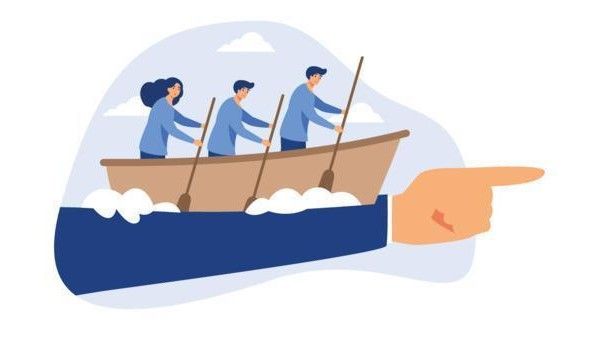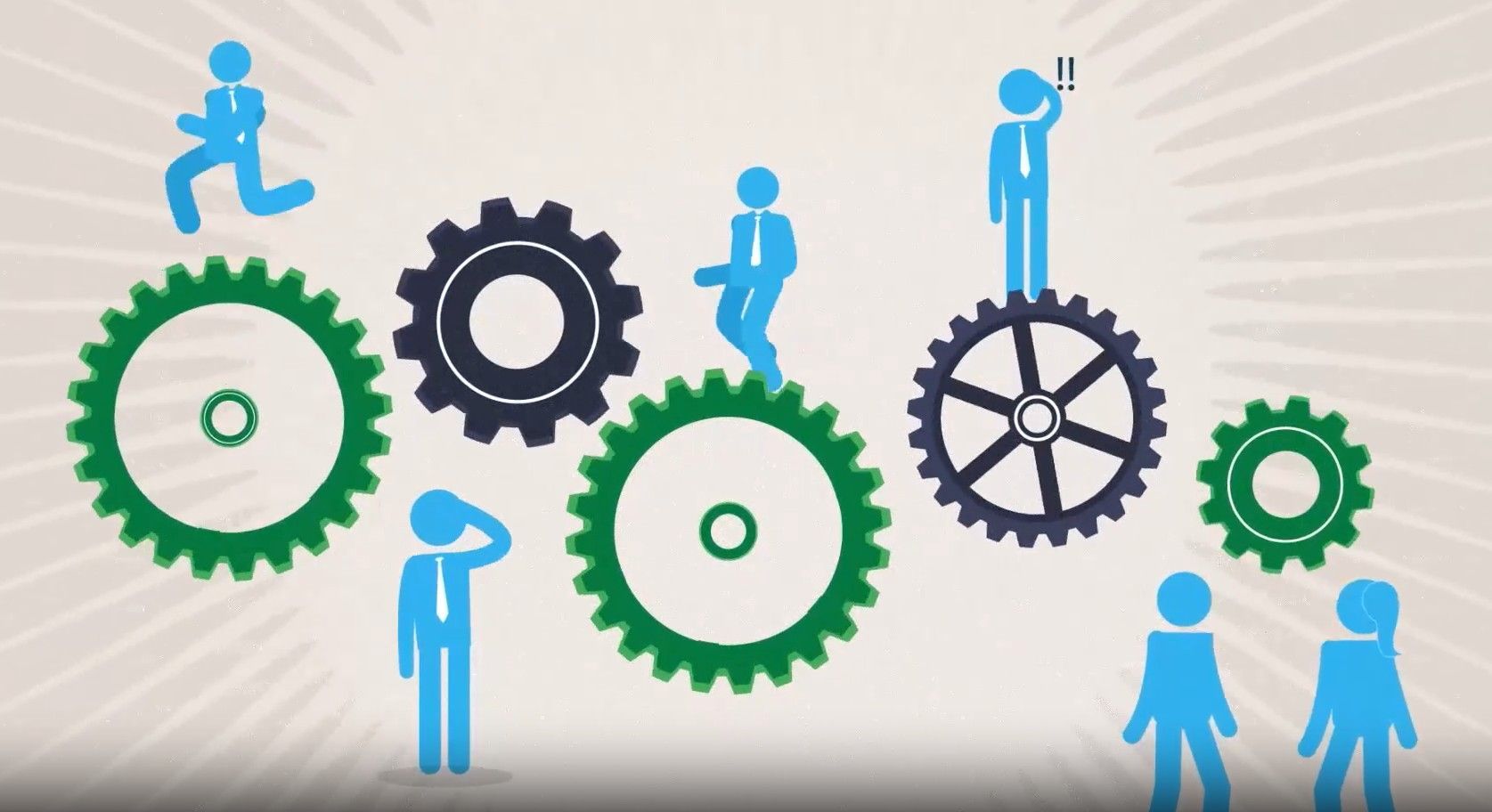What Do You Do after You Say, ‘Hello’?
August 14, 2025
Do you earn the right to close? We find that probably 75 percent of salespeople and other business developers do not. They may think they do because they show up, ask a few questions, and make presentations as if to say, “I’m here. Isn’t that enough?”
As we pointed out last month, showing up is indeed essential. But it’s not enough. Even though Woody Allen did say, “Eighty percent of success in life is showing up,” he left us hanging. What about the other 20 percent? The part that says you can’t score if you don’t shoot?
Unlike for Tom Cruise in the movie Jerry Maguire , for most of us in real life our sales cycles don’t include those magical “You had me at ‘Hello'” moments. We need to know what to do after we say hello.
Ten years ago, in 2002, when the Winter Olympic Games were in Salt Lake City, I was driving with friends to one of the event venues. Unfortunately, traffic was at a standstill at our exit, and other vehicles raced by at alarmingly high rates of speeds. Suddenly, we realized not only that we might be late for the event but, if there were an accident, we might not make it at all.
Then we noticed a good Samaritan in a cashmere overcoat at the side of the ramp. He had gotten out of his blue Lincoln Continental and was waving traffic on to the next exit. Since most of the drivers had no clue as to how far the next exit might be, a local on the scene to direct traffic was especially helpful. Eventually, as we passed him, I asked my friend who was driving who it was. “He’s Mitt Romney, head of the Olympic Games,” my friend answered. To which I responded: “If he ever runs for President, I’d vote for him.” (Yes, I really did say that.)
And in fact it was Mitt Romney, when he headed up the Olympic Organizing Committee-before he was a Presidential candidate and even before he was governor of Massachusetts. (It was, however, after he had lost to Ted Kennedy in a bid to represent Massachusetts in the U.S. Senate.)
What struck me then, though, was that whoever it was, as head of the Games he no doubt had hundreds of more important things to do and places to be. Why didn’t he just “call it in” and be on his way? That would have been easy and efficient. Or, why not just ignore it and focus on things with far-reaching implications for the Olympics and his political career?
But he didn’t do either of those things. He had already shown up, so to speak. What he did next was what all of us need to do as salespeople after we show up. He created value and, to his mind, the most important value he could create right then and there: Keep things running smoothly-just what he was supposed to do as head of the Games.
We believe that consultative selling can be defined as creating value during the sales process. That creating value gives you the right to close because you’ve earned it. The question for every salesperson then is, how do you create value? It doesn’t have to be something big. It can be as simple as directing traffic. But it does have to be something that the prospect or customer regards as valuable.
Doing this successfully requires both a custom sales process, which can be created, and a high level of skill, which can be taught. Many business developers assume they can do these two things on their own without training. In our experience only about 20% can-they’re the naturals. But the others either don’t realize what is required, incorrectly assume they already are doing it, or just don’t know how to go about it. In other words, they don’t know what they don’t know.
Which group are you in?
Last month we also told the story of the famous United Airlines commercial about the consequences of both not showing up and not delivering value. Advertising pro Steve Crawford, who was on the Leo Burnett team that created the commercial, contacted us after reading the column to say that the commercial has won countless awards and is considered by many as the best business-to-business commercial ever aired. We can see why. It’s certainly memorable, and we find it to be a great way to teach important lessons about consultative selling.
We have identified 17 different ways that sales people can create value for their prospects and customers. One of these, for example, is helping prospects understand the problems they are experiencing that they don’t even know they have.
If you’d like to know more about creating value, please get in touch and we’ll send you our list of 17 ways to create value. We’ve helped thousands of salespeople, executives, and other business developers learn how to create customized value after they show up and say hello.
The post What Do You Do after You Say, ‘Hello’? appeared first on Productive Strategies, Inc..











